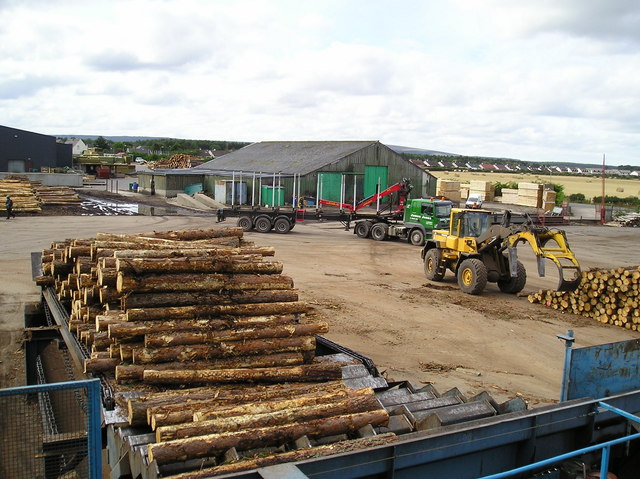On freezing winter days like the ones
we have managed to almost dodge completely this winter, could there anything nicer than coming in from
the cold and curling up in front of a wood-burning stove? Aside
from the romantic vision of cups of hot chocolate in front of a glowing
stove, did you know that installing a wood-burning stove could
potentially reduce your energy bills?
Even with the recent gas and
electricity price cuts that have been announced by some of the biggest
energy suppliers this week (following their steep price rises last
year), it is definitely worth considering alternative forms of home
heating to reduce your energy costs and over-reliance on gas and
electricity.
So, to give us the low-down on
wood-burning stoves and how to maximise our heating whilst minimising
our energy bills, the chaps at gr8fires have shared their top 10 tips, plus we have an exclusive offer for all Queen of Easy Green™ readers, see below.
1. Install a wood-burning stoveThat’s the inevitable starting point for saving money with a wood-burning stove. This will reduce your heating costs by cutting your reliance on central heating. You can turn off the radiators in rooms that you don’t need to keep warm and use the stove as your main source of heat.
2. Choose the right stove
Picking the best stove for your needs is essential in helping you to save money. If you don’t fit a stove with a heat output suited to the room, it will reduce your chances of cutting your heating costs. Opting for a more expensive model with a greater output to heat a larger room will pay for the price difference in no time at all.
3. Consider a wood-burning boiler stove
Installing a boiler stove is one way of further cutting your heating bills. You can use the heat generated by your stove to also heat the water in your home. The dual use of your stove means you can cut your central heating costs even further.
4. Use properly seasoned wood
The type of wood you use has a huge impact on the efficiency of your stove. Using seasoned wood -which has been cut, split and left to air for at least a year – is the best way to minimise your heating costs. Seasoned wood contains far less moisture, burns more efficiently and heats your home more quickly than freshly cut wood. Use a log store to allow your wood to season and to help you build up a supply that should last you all winter.
Both the bottom (primary) and top (secondary) air vents should be open when you light your stove. Once the fire is burning well, you should be able to close the primary vent and control the fire using only the secondary vent for a more efficient burn.
6. Get your chimney swept regularly
As a minimum you should get your chimney swept annually before you start using the stove regularly. Ideally, it should be swept every three to four month when the stove is in regular use.
7. Use dry kindling to start the fire
Using small pieces of wood to get the fire going will heat your stove more quickly and, as a result, your room will start heat more efficiently once you add logs. The sooner your stove is up to temperature, the sooner the convection process can have an impact on the rest of the room.
8. Use free wood
 One of the best aspects of installing a stove is that you can easily
find a supply of free fuel. From saving friends and family from a trip
to the tip to salvaging fallen trees from your nearest forest (with the
landowner’s permission), there are plenty of opportunities to heat your
home for free.
One of the best aspects of installing a stove is that you can easily
find a supply of free fuel. From saving friends and family from a trip
to the tip to salvaging fallen trees from your nearest forest (with the
landowner’s permission), there are plenty of opportunities to heat your
home for free.9. Don’t be tempted to throw another log into the stove. Once you have loaded the stove with logs, don’t continually top up your stove as they burn. Wait until all the logs have been burnt to glowing embers before reloading the stove. Continually adding more wood is considerably less efficient.
10. Keep the door closed
It is a simple tip, but one that causes unnecessary confusion for many stove users. Once the stove is lit, the door should be closed. This increases the efficiency of the burn by up to 60 per cent.








